 St. Benedict Joseph Labre
St. Benedict Joseph LabreHe set forward on his life's journey clad in an old coat, a rosary about his neck, another between his fingers, his arms folded over a crucifix which lay upon his breast. In a small wallet he carried a Testament, a breviary, which it was his wont to recite daily, a copy of the "Imitation of Christ", and some other pious books. Clothing other than that which covered his person he had none. He slept on the ground and for the most part in the open air. For food he was satisfied with a piece of bread or some herbs, frequently taken but once a day, and either provided by charity or gotten from some refuse heap. He never asked for alms and was anxious to give away to the poor whatever he received in excess of his scanty wants.
The first seven of the thirteen remaining years of his life were spent in pilgrimages to the more famous shrines of Europe. He visited in this way Loreto, Assisi, Naples, Bari, Fabriano in Italy; Einsiedeln in Switzerland; Compostella in Spain; Parav-le-Monial in France. The last six years he spent in Rome, leaving it only once a year to visit the Holy House of Loreto. His unremitting and ruthless self-denial, his unaffected humility, unhesitating obedience and perfect spirit of union with God in prayer disarmed suspicion not unnaturally aroused as to the genuineness of a Divine call to so extraordinary a way of existence. Literally worn out by his sufferings and austerities, on the 16th of April 1783, he sank down on the steps of the church of Santa Maria dei Monti in Rome and, utterly exhausted, was carried to a neighboring house where he died. His death was followed by a multitude of unequivocal miracles attributed to his intercession. The life written by his confessor, Marconi, an English version of which bears the date of 1785, witnesses to 136 miraculous cures as having been certified to up to 6 July, 1783. So remarkable, indeed, was the character of the evidence for some of the miracles that they are said to have had no inconsiderable part in finally determining the conversion of the celebrated American convert, Father John Thayer, of Boston who was in Rome at the time of the saint's death.
Benedict was proclaimed Venerable by Pius IX in 1859 and canonized by Leo XIII 8 December, 1881. His feast is kept on the 16th of April, the day of his death.
(source) The Catholic Encyclopedia, Volume II. Published 1907. New York: Robert Appleton Company. Nihil Obstat, 1907. Remy Lafort, S.T.D., Censor. Imprimatur. +John M. Farley, Archbishop of New York.

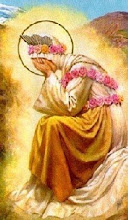
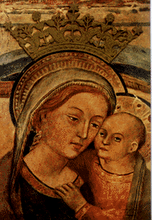
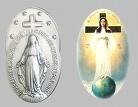

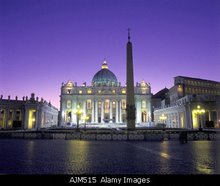

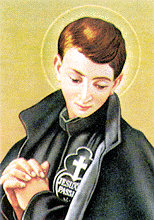
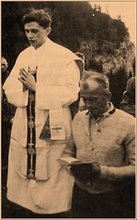
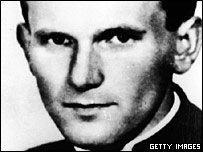
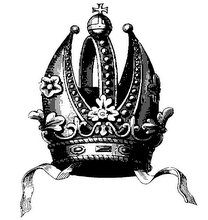
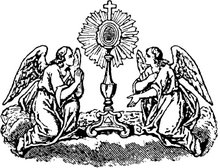
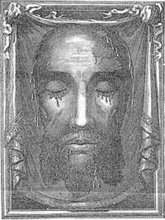
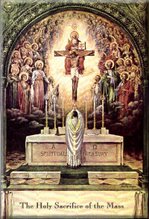

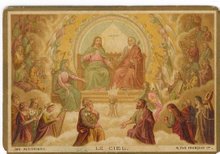

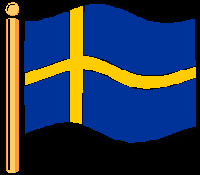

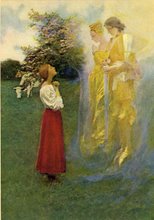
01.jpg)

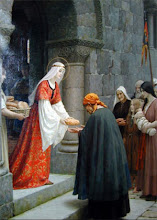
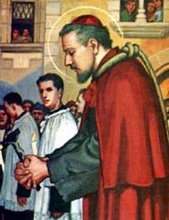
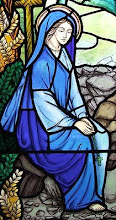
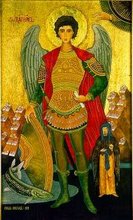
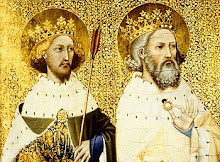
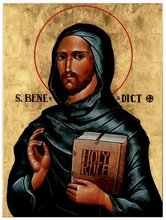
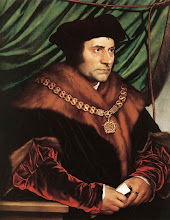
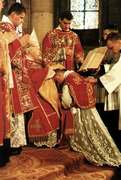
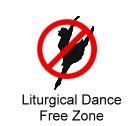

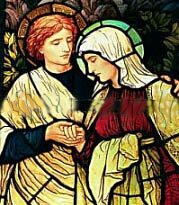
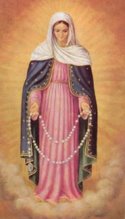
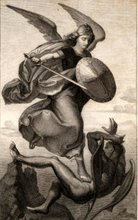
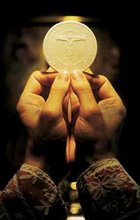

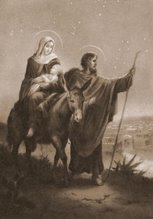
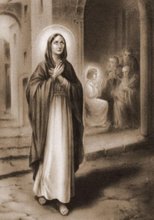
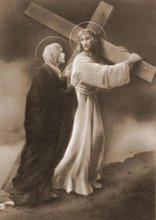
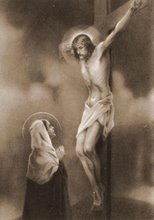
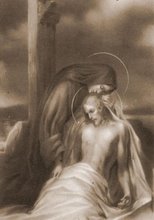
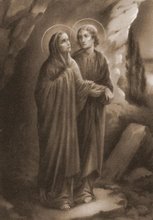
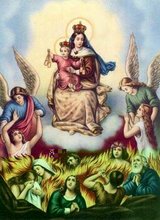

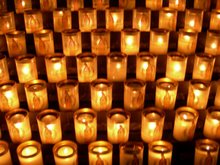
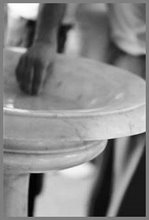
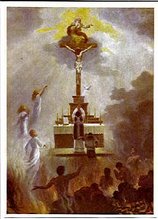


No comments:
Post a Comment